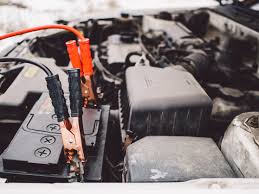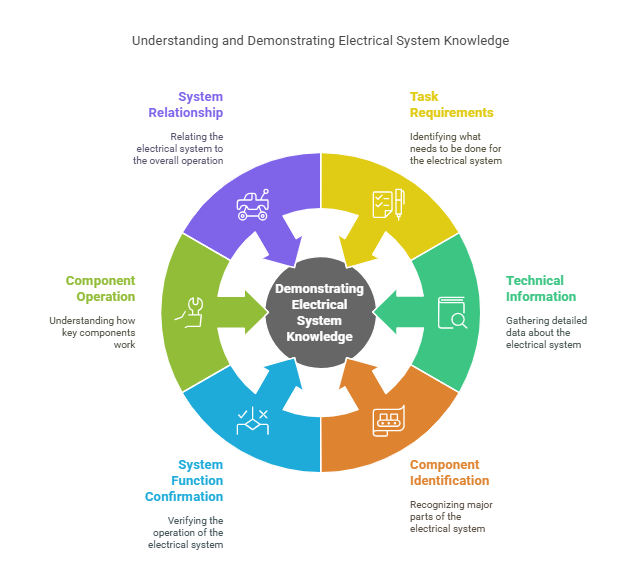Understanding Automotive Electrical Systems and Components in Australia
Posted by SkillMaker in Mar, 2025
What is a concise description of identifying automotive electrical systems and components?

Identifying automotive electrical systems and components involves recognising and understanding the various electrical circuits and parts within a vehicle that ensure its efficient operation. This includes systems such as lighting, ignition, starting, charging, and many others that depend on electrical energy to function correctly.
Listen to this article as a podcast
Why do people in the Automotive industry need to identify automotive electrical systems and components?
With the increasing complexity of modern vehicles, automotive professionals must identify electrical systems and components to diagnose problems, perform repairs, and maintain vehicles effectively. This knowledge helps ensure safety, reliability, and enhances the vehicle’s performance, thus meeting customer expectations and adhering to regulatory standards.
“Understanding automotive electrical systems is essential for troubleshooting, ensuring vehicular safety, and enhancing performance.”
What are the key components or elements of automotive electrical systems?
Key components of automotive electrical systems include:
- Battery: Provides the initial power to start the vehicle and supplies energy to various electrical components when the engine is off.
- Starter Motor: Initiates engine operation by cranking the engine to start the combustion process.
- Alternator: Charges the battery and powers the electrical system when the engine is running.
- Ignition System: Generates a spark to ignite the fuel-air mixture in the engine’s cylinders.
- Lighting System: Includes headlights, taillights, and other lighting components essential for visibility and safety.
What key terms, with descriptions, relate to automotive electrical systems and components?

Registered Trademark®
- Circuit Breaker: A safety device that interrupts the flow of current to prevent overloads.
- Relay: An electromagnetic switch used to control a high power circuit with a low power signal.
- Fusible Link: A type of fuse that protects larger circuits or wires in the vehicle, similar to fuse operation but with different construction.
- ECU (Electronic Control Unit): A computer that controls various engine functions and other vehicle systems.
- CAN Bus: A robust vehicle bus standard designed to allow microcontrollers and devices to communicate with each other without a host computer.
Who is typically engaged with operating or implementing automotive electrical systems and components?
Automotive electricians, technicians, service managers, and mechanics are typically involved in operating and implementing automotive electrical systems and components. They work in repair shops, dealerships, and other service facilities, diagnosing, maintaining, and repairing electrical systems and components in vehicles.
How does identifying automotive electrical systems and components align or integrate with other components of the Automotive industry in Australia?

Automotive electrical systems are integral to a vehicle’s overall functionality, interacting with mechanical and electronic systems to enhance performance, safety, and efficiency. Understanding these components supports diagnostics and repair tasks and aligns with innovations such as hybrid and electric vehicles, aligning with Australia’s move towards sustainable transportation.
Where can the student go to find out more information about automotive electrical systems and components?
What job roles would be knowledgeable about automotive electrical systems and components?
Roles include:
- Automotive Electricians
- Service Technicians
- Maintenance Technicians
- Vehicle Inspectors
- Workshop Supervisors
What is identifying automotive electrical systems and components like in relation to sports, family, or schools?

Like a sports team relying on teamwork and understanding each player’s role, automotive professionals depend on comprehension and coordination of each electrical component to ensure the vehicle runs smoothly. In a family setup, just as household members rely on communication and functioning together, a vehicle’s electrical system components must work in harmony. In schools, where learning objectives are met collectively, automotive services also require a collective understanding of various systems to diagnose and repair efficiently.
(The first edition of this post was generated by AI to provide affordable education and insights to a learner-hungry world. The author will edit, endorse, and update it with additional rich learning content.)
(Skillmaker – 2025)

 Post Tagged with
Post Tagged with